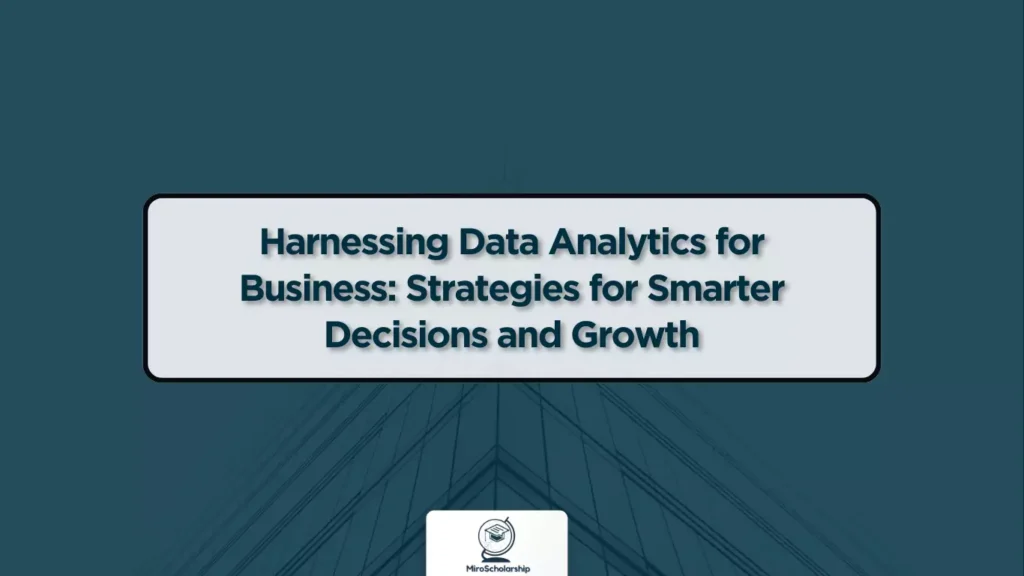Introduction
In today’s data-driven world, leveraging data analytics for business is crucial for developing effective strategies. From customer behavior insights to predictive modeling, data analytics offers a clear competitive advantage. This article explores how businesses can harness data to make smarter decisions, optimize operations, and drive growth.
Key Data Analytics Applications
Customer Behavior Analysis
Understanding consumer behavior is vital for targeted marketing. Tools like Google Analytics and Hotjar provide insights into how customers interact with websites—highlighting pain points, frequently visited pages, and high drop-off areas. This information can guide website redesigns, improve user experience, and increase conversions.
Predictive Analytics for Forecasting
Predictive analytics uses historical data to predict future trends. Industries like retail and finance heavily rely on these tools for:
- Inventory Management: AI-based tools forecast demand spikes, ensuring that businesses maintain optimal inventory levels. Walmart, for example, uses predictive analytics to manage its massive supply chain efficiently.
- Sales Predictions: Businesses can adjust strategies based on sales forecasts, ensuring targeted campaigns during peak seasons.
Operational Efficiency
Data analytics isn’t just about sales; it’s about optimizing internal processes too. For instance:
- Supply Chain Analytics: Real-time data from IoT devices allows companies to monitor supply chains closely, predicting delays and optimizing delivery routes.
- Employee Performance: HR analytics help businesses understand employee productivity, retention rates, and engagement, leading to more informed decisions regarding hiring and training.
Sentiment Analysis
Businesses can gauge customer sentiment by analyzing social media, product reviews, and surveys. Tools like Brandwatch and Sprout Social use AI to determine whether customer feedback is positive, neutral, or negative. This helps brands adjust their marketing strategies in real time.
Case Study: Netflix’s Use of Data Analytics
Netflix’s recommendation algorithm is a benchmark in data analytics. By analyzing user viewing habits, preferences, and even the time of day viewers watch certain genres, Netflix personalizes content for each subscriber. This data-driven approach keeps users engaged, reducing churn rates and increasing subscription numbers.
Key Takeaways from Netflix’s Approach:
- Personalized Content: Customizing recommendations based on viewing habits and preferences.
- User Engagement: Keeping users engaged with relevant content to reduce churn.
- Data-Driven Decisions: Using analytics to drive content creation and acquisition strategies.
Challenges in Data Analytics
Data Privacy
With the rise of GDPR and other data protection regulations, businesses must be cautious about data handling. Ensuring compliance and protecting user data are paramount.
Data Accuracy
Inaccurate or incomplete data can lead to faulty predictions. It’s crucial to invest in reliable data sources and cleaning tools to maintain data integrity.
Conclusion
Data analytics for business is not just about collecting data; it’s about interpreting it effectively. By investing in advanced analytics tools and focusing on actionable insights, businesses can stay ahead in a competitive landscape. Leveraging data analytics will enable smarter decisions, optimize operations, and drive sustained growth.
Read More : Mastering Digital Transformation: Strategies for Business Success in 2025

